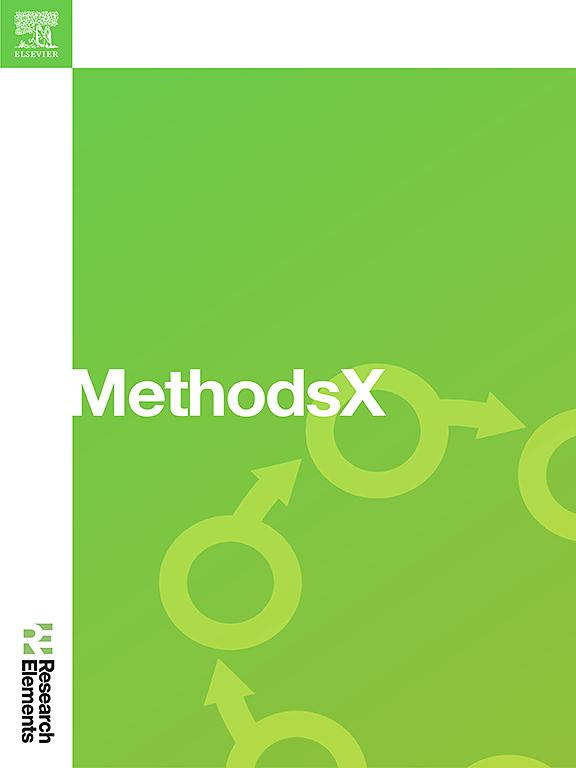Filtered aquatic small tubular mesh-bottomed containers (FAST-MC): A low-cost, efficient method for rearing zebrafish larvae in filtered water
IF 1.9
Q2 MULTIDISCIPLINARY SCIENCES
引用次数: 0
Abstract
Care for larval zebrafish (Danio rerio) can be taxing and time-intensive, as embryos/larvae are housed in petri dishes or well plates which require daily care. Lack of filtration in the dishes can affect overall water quality, especially in ecotoxicological exposures which can last weeks. This report describes an alternative method, Filtered Aquatic Small Tubular Mesh-bottomed Containers (FAST-MC), which separates larvae into petri dish-sized housing containers maintained in a larger volume of filtered water, mimicking the larger, recirculating systems used for adults. To validate our method, we raised zebrafish larvae in FAST-MC containers for 4-weeks and compared overall survival, behavior, and water quality with larvae reared for 4-weeks in standard deep dish petri dishes. Overall, this method provides a low-cost alternative for housing larval zebrafish that is amenable to experimental manipulation and suitable for toxicological and/or pharmacological studies.
- •An easily constructed float can hold small mesh-bottomed (hatchery-type) containers in a larger aquarium allowing constant water filtration and improved water quality.
- •Each mesh bottom container can serve as a housing container for experimental exposures, similar to multiwell plates.
- •Zebrafish larvae raised in the mesh bottom containers had increased survival and activity compared to larvae raised in standard petri dishes.

过滤水生小管网底容器(FAST-MC):一种在过滤水中饲养斑马鱼幼虫的低成本,高效的方法
斑马鱼幼体(Danio rerio)的护理可能是繁重和耗时的,因为胚胎/幼体被安置在培养皿或孔板中,需要日常护理。缺乏过滤的盘子会影响整体水质,特别是在生态毒理学暴露可以持续数周。本报告描述了一种替代方法,过滤水生小管网底容器(FAST-MC),该方法将幼虫分离到培养皿大小的容器中,保存在更大体积的过滤水中,模仿用于成虫的更大的再循环系统。为了验证我们的方法,我们将斑马鱼幼虫在FAST-MC容器中饲养4周,并将其总体存活率、行为和水质与在标准深盘培养皿中饲养4周的幼虫进行比较。总的来说,这种方法为斑马鱼幼虫的饲养提供了一种低成本的选择,易于实验操作,适合毒理学和/或药理学研究。•一个易于构建的浮子可以容纳小型网底(孵化场型)容器在一个较大的水族馆允许不断的水过滤和改善水质。•每个网眼底部容器都可以作为实验暴露的外壳容器,类似于多孔板。•与在标准培养皿中饲养的斑马鱼幼虫相比,在网眼底容器中饲养的斑马鱼幼虫的存活率和活跃性都有所提高。
本文章由计算机程序翻译,如有差异,请以英文原文为准。
求助全文
约1分钟内获得全文
求助全文
来源期刊

MethodsX
Health Professions-Medical Laboratory Technology
CiteScore
3.60
自引率
5.30%
发文量
314
审稿时长
7 weeks
期刊介绍:
 求助内容:
求助内容: 应助结果提醒方式:
应助结果提醒方式:


